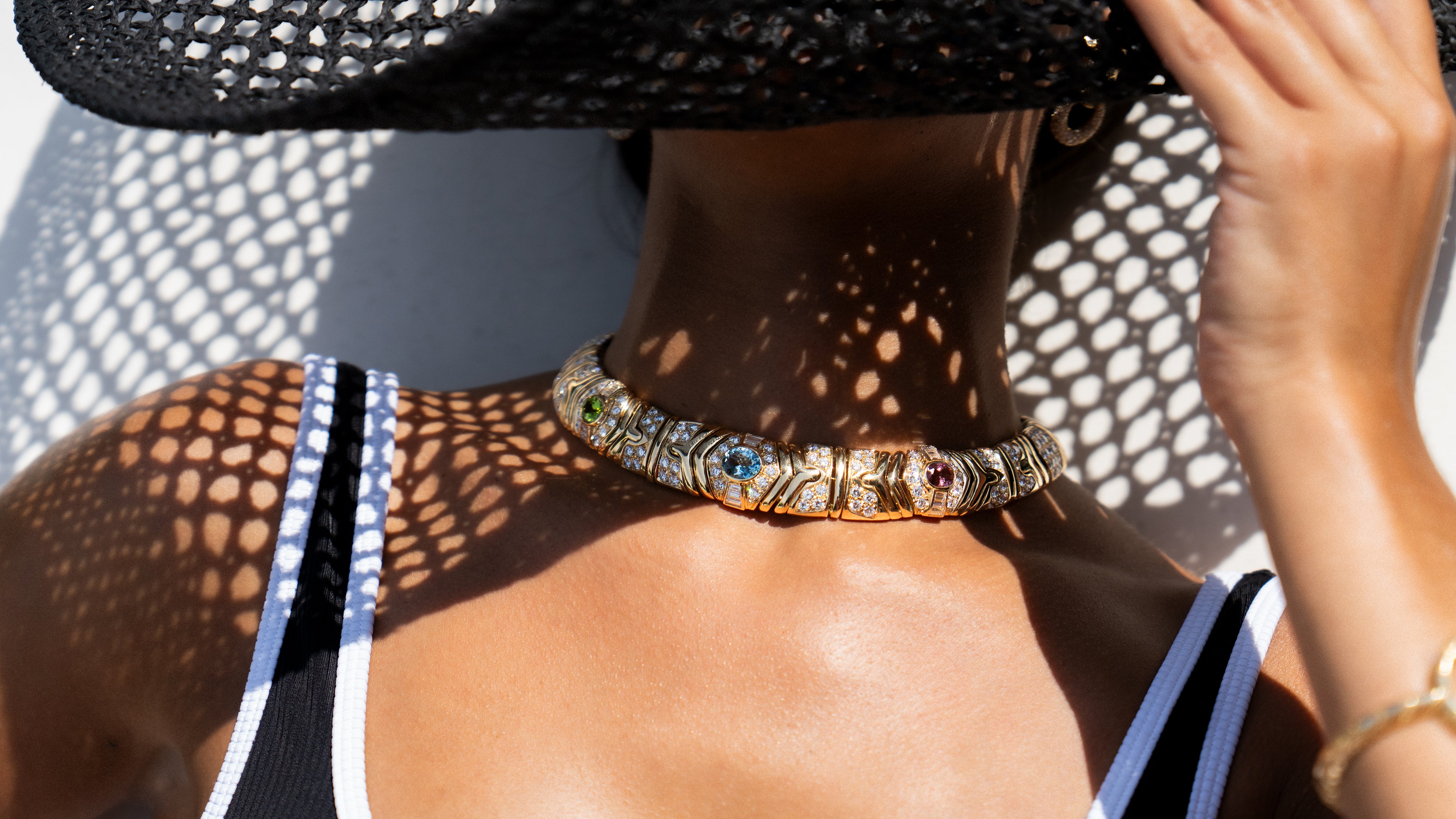Pearl
Natural Elegance

Pearls are organic gemstones produced by mollusks, typically bivalved oysters and mussels. Like a blister, a mollusk will have a reaction to a foreign object invading its soft inner tissue. In defense, it will secrete an aragonitic conchiolin protein to coat and soothe the irritant. To further reduce inflammation, the mollusk will continue to layer mother-of-pearl coatings, called nacre, to form a calcium carbonate gemstone.
Pearls are unique in that they are fully finished upon discovery. Unlike mineral gemstones that need to be cut and polished, a pearl already has beauteous color, luster, and shape.
The color of pearls generally correlate with the inside of the mollusk's shell because it is the same nacreous material and can be a wide range of soft pastel hues. Since light is traveling through several layers of material it is scattered to create a secondary overtone color. This enticing optical effect is known as orient and can be highly prized along with its luster, which is the amount of light reflected.

Origin
Natural pearls are rare treats with no control over shape or size. Typically they will be very small, incredibly expensive, and difficult to match to form a full strand. In 1917 Pierre Cartier was able to purchase the famed Cartier Mansion on Fifth Avenue with a double strand of pearls because of its exclusivity and value. Especially since in the early 20th century the pearl industry was on the verge of defunct from over fishing.
Around the same time, Mikimoto Kōkichi was to change the pearl industry forever with the patent of the cultured pearl. Cultured pearls are still naturally made by mollusks, but with the aid of human intervention.
Farmers introduce the irritant manually with some control over shape, color, and size because the bead used acts as an archetype and cultivators have control over completion time.
Cultured pearls are prominent today and the most cost effective way to produce middle market pearl jewelry, but natural pearls are still a phenomenon and highly sought after at high prices. The two categories are able to coexist in different market levels of collectors.
Pearls are one of June's highly admirable birthstones.
Browse our pearl birthstone page!

Pearl Type
Akoya is the most frequently cultured pearl produced by the saltwater oyster Pinctada fucata mainly from Japanese and Chinese waters. These pearls tend to be round with white or cream body color with rosé or green overtones.
South Sea are saltwater pearls larger in size from Australian, Philippine, and Indonesian waters from the Pinctada maxima oyster. With white, cream, and silver body color and golden, green, and blue overtones.
Tahitian known for their dark coloring from the Pinctada margaritifera oyster in French Polynesian salty waters. These pearls tend to be round with black, brown, and gray body color and green, purple, and blue overtones.
Freshwater are available in a wide array of size, color, and shapes and are produced from Chinese and US mussels from rivers and lakes.
Shop our pearl jewelry selection here
Browse our pearl birthstone page
Learn how to care for pearl jewelry

Care
Pearls are very sensitive stones that require a bit more thought and care. When getting dressed, pearls should always be put on last to help avoid make-up and perfumes.
They should always be the first thing taken off when arriving home and need to be gently wiped clean to remove any oils. When storing, pearls should be wrapped in a soft cloth and kept out of direct heat and sunlight.
